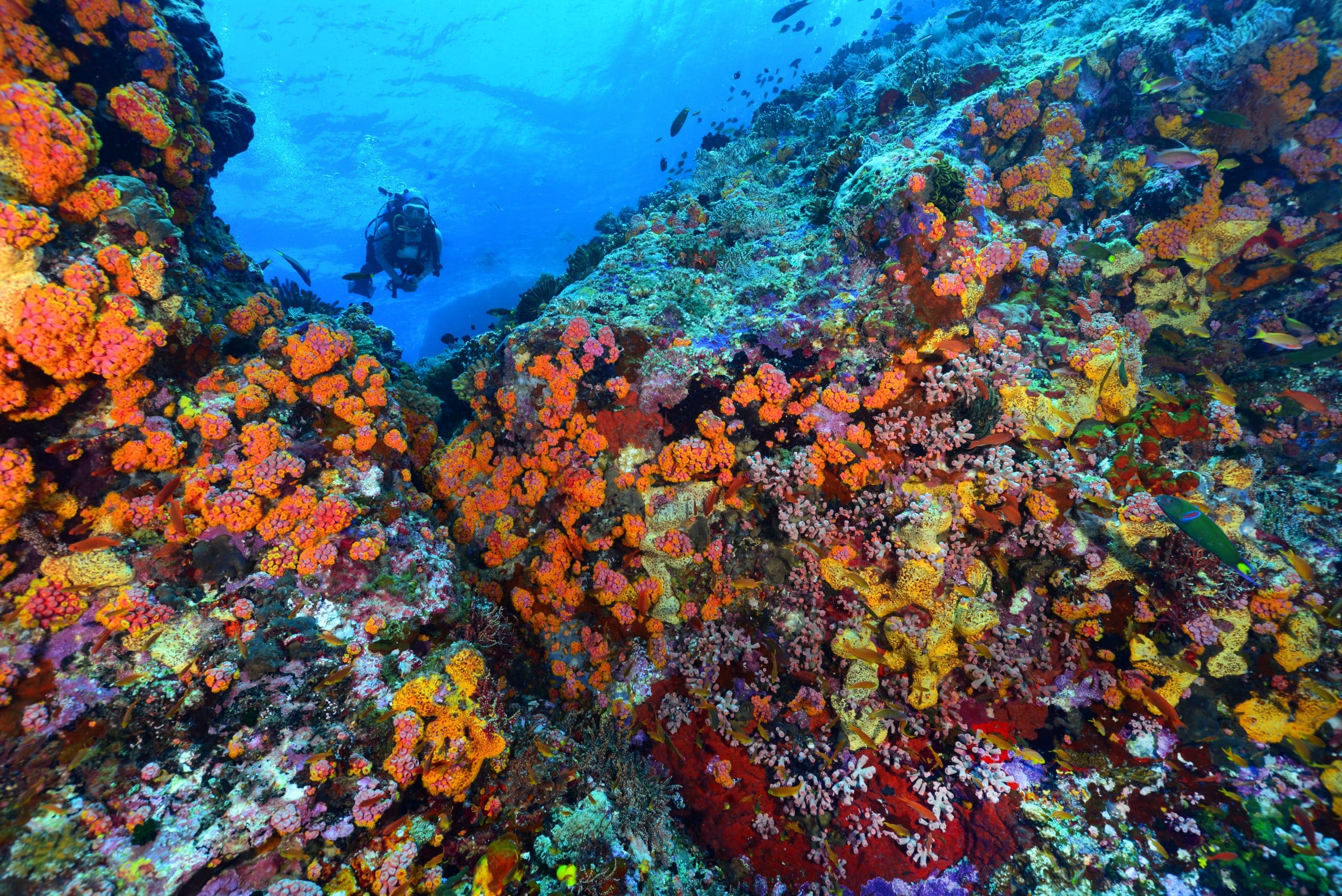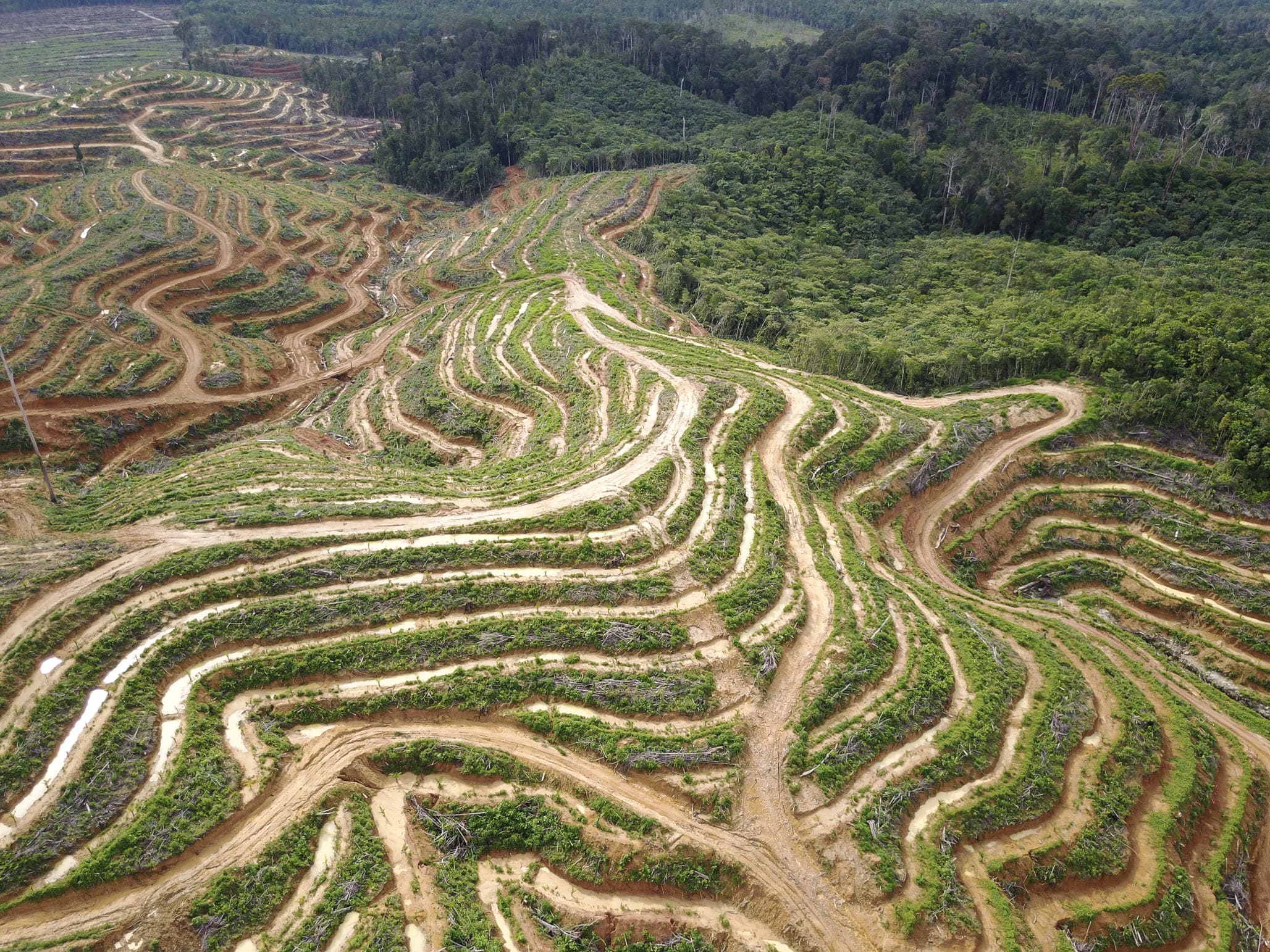Forests cover more than 30% of the world's land area. Forests are also home to most of the world's wildlife species, including 80% of amphibians, 75% of birds and 68% of mammals. However, since 1990, more than 420 million hectares of forest have been lost due to human activities, mainly deforestation and land clearing for agriculture and logging. Southeast Asia has one of the highest rates of deforestation in the world.
The region's deforestation rate is extremely high, with forest loss of 1.2% per year, comparable to the deforestation rate in the Amazon, which accounts for one-third of total global tropical deforestation. The region contains nearly 15% of the world's total tropical forest, making it a highly vulnerable area to deforestation.
The region faces enormous challenges in protecting its biodiversity. Currently, only about 6% of Southeast Asia's land and waters are protected. This figure needs to increase fivefold in eight years to meet the global target of 30% protected area by 2030. This target is included in the COP15 biodiversity summit.
In fact, the existence of tropical forests is very important as a natural carbon sink in the world. The loss of tropical forests will contribute about 10% of human greenhouse gas emissions each year, exacerbating climate change.
Increasingly Vulnerable Lands and Oceans
Between 2001 and 2019, Southeast Asia lost 610,000 square kilometers of forest, including 31 percent in mountainous areas that were converted to agriculture and plantations in less than two decades.
Among Southeast Asian countries, Indonesia had the highest rate of deforestation in 2019. It accounted for nearly 14 percent of global tropical deforestation, trailing only Brazil, the Americas, and the rest of Africa. Borneo, the world's third-largest island divided between Malaysia, Indonesian Borneo and the country of Brunei, is expected to lose about 220,000 square kilometers of forest between 2010 and 2030, or about 30% of its total land area.
In addition, significant forest destruction has occurred in some areas, such as the mountains of northern Laos and northeastern Myanmar. Deforestation in these areas increases the risk of landslides, floods, soil erosion and agricultural pollution in rivers, reducing water quality and availability in lower regions.
With existing high rates of deforestation, Southeast Asia has lost more than half of its original forest cover. Experts warn that more than 40% of the region's biodiversity could be extinct or lost by 2100 if deforestation continues.
Southeast Asian countries such as Indonesia and the Philippines have important marine ecosystems such as coral reefs, but they are under-protected. Countries in Southeast Asia tend to focus more on protecting the land than the sea, in part because open waters are harder to monitor and regulate. But conserving marine ecosystems is critical to sustaining fish populations and long-term fisheries yields.

Causes of High Rates of Deforestation
In general, logging is the main cause of deforestation, especially in the mountains, accounting for 42% of forest loss, followed by forest fires (29%), shifting cultivation or slash-and-burn (15%), and permanent or semi-permanent agriculture (10%).
In the tropics, deforestation is primarily caused by shifting cultivation, while in temperate regions it is caused by forestry practices. In boreal regions, forest fires are the main cause of forest loss.
These land conversion and deforestation practices have environmental impacts, including the ability of forests to absorb carbon dioxide and protect species. One such practice is the cultivation of oil palm. In Indonesia, primary forests have been reduced by nearly 10 million hectares over the past two decades, with oil palm plantations accounting for 23% of deforestation between 2001 and 2016.

In addition to oil palm, logging and smallholder agriculture also contribute to deforestation, mainly through illegal logging. Land conversion to agriculture and pasture is also a driver of deforestation in the region. Slash-and-burn practices in smallholder agriculture cause land degradation and increase the risk of forest fires and carbon emissions. In 2019, fires in Indonesia released 708 million tons of carbon dioxide, twice the amount released by forest fires in the Amazon in the same year.
Research also shows that the expansion of agriculture into upland areas in Southeast Asia has played a significant role in accelerating the rate of forest loss in the tropics. Between 2001 and 2018, more than half of global forest loss occurred in Asia.
Efforts to Curb Deforestation
Although governments in the region have adopted policies to control deforestation, implementation and regulation have not been effective. Some of Southeast Asia's intact forests and protected areas have been degraded and converted to farmland or logging sites, causing damage that is difficult to reverse.
Brunei and Cambodia are the only countries in Southeast Asia that have exceeded the 30% conservation target, but their land area represents only about 5% of the region.
On the other hand, they face several difficulties when it comes to protecting aquatic ecosystems. There are also conflicting interests among countries in the region, such as oil exploration and fishing and shipping lanes. Some countries continue to prioritize fishing in open waters. While there have been some positive steps, such as the establishment of protected areas in Malaysia and Indonesia, most protected areas have not been effectively evaluated. On the other hand, it is important to involve local and indigenous communities in conservation efforts and to provide sufficient funding for patrolling and enforcement.
To meet the global commitment to conserve 30 percent of land and oceans by 2030, Southeast Asia must address the major challenge of scaling up conservation efforts. Improved technical know-how, political will and community engagement are critical to conserving biodiversity and securing the region's natural heritage for future generations.
Reference:
-
He, X., Ziegler, A. D., Elsen, P. R., Feng, Y., Baker, J. C. A., Liang, S., … Zeng, Z. (2023). Accelerating global mountain forest loss threatens biodiversity hotspots. One Earth, 6(3), 303-315
-
Osborn, Jen Flatt. (2023). Forest Under Threat: A Comprehensive Look at The Latest Deforestation Statistics. World Animal Foundation
-
Lai, Olivia. (2022). Deforestation in Southeast Asia: Causes and Solutions. earth.org
-
Lei, Liang. (2022). Southeast Asia’s Biodiversity Protection Challenge, by the Numbers. Eco-Business



















